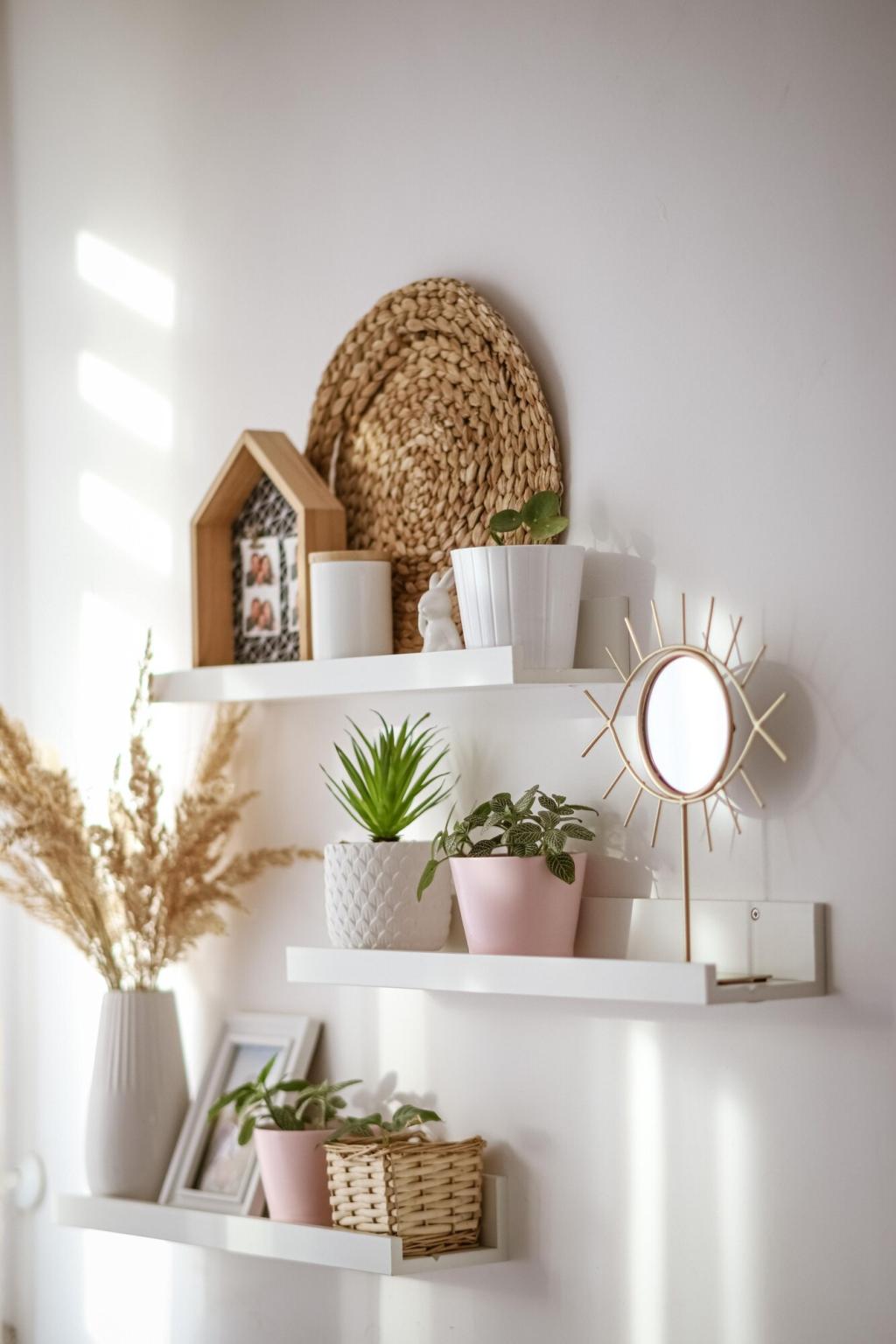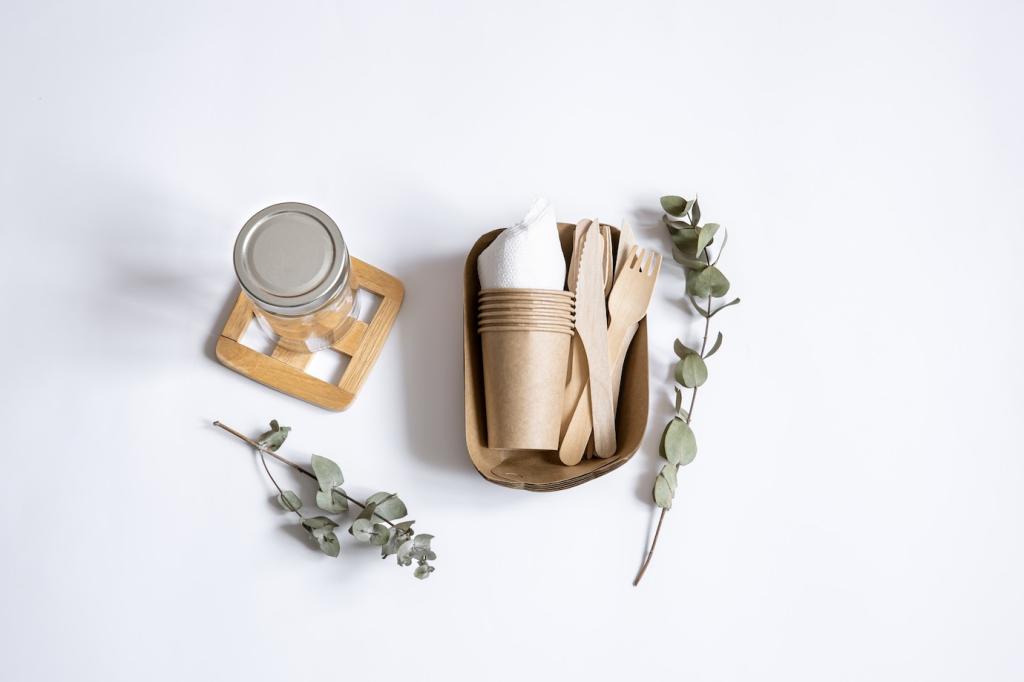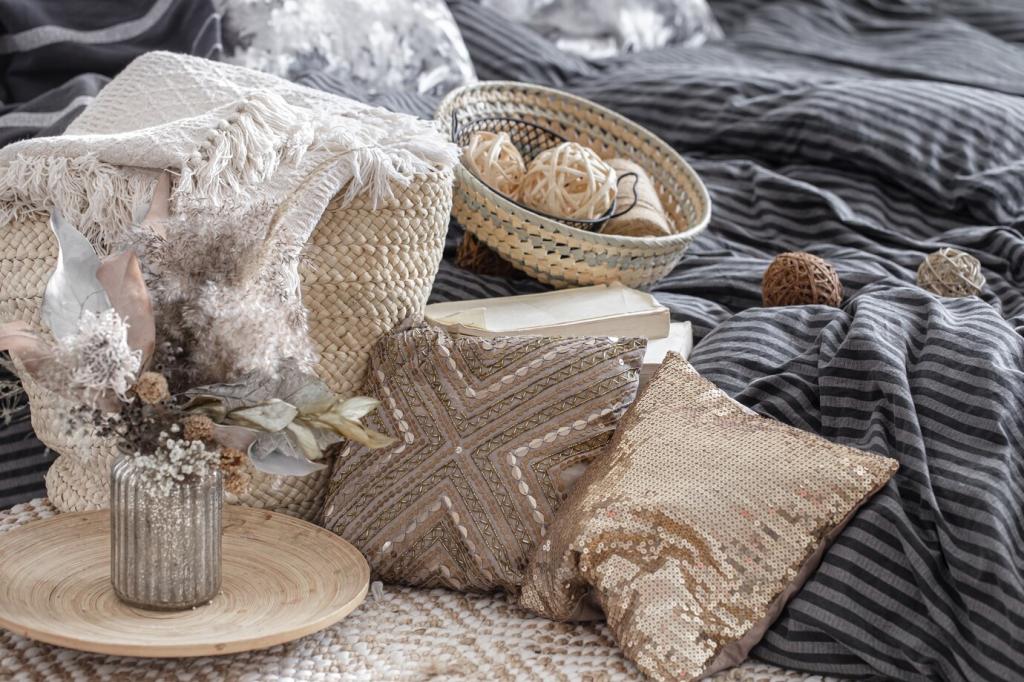Choosing Certified, Responsible Sources
FSC and PEFC certifications confirm timber was harvested responsibly, protecting forests and communities. Ask suppliers for chain-of-custody documentation, and note species; durable options like white oak or ash can outlast trends while respecting ecosystems.
Choosing Certified, Responsible Sources
GREENGUARD Gold helps ensure reduced chemical emissions; Cradle to Cradle assesses safety, circularity, and renewable energy. Combine those with verified low-VOC paints to protect indoor air. Share your favorite brands that meet these benchmarks consistently.









